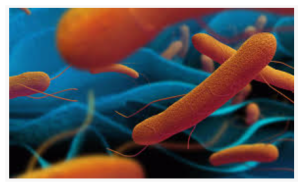It is thought that as many as one-third of the world’s entire population does not have easy access to clean water. This contributes to the large number of people who die every year, from waterborne diseases. In recent years this has been as many as 3.4 million people. Some of the most common issues that lead to death from waterborne illness is cholera and persistent diarrhea and fevers. This is particularly true for young children, the elderly and those people who have a weakened body.
We are incredibly lucky in the western world to have access to fresh, clean running water and to have the systems in place to remove waste water from our homes. Our drainage systems take away the waste products and these are then processed in processing and water treatment plants. We are even able to see what could be causing blockages in the pipes by using CCTV Drainage Surveys like those from www.wilkinson-env.co.uk/sewer-repairs-drain-lining-concrete-cutting/drain-lining.
Waterborne illness and diseases are inherently highly contagious as not only do they spread from person to person in family settings but infected water can then be passed to others in the local area. This is how cholera outbreaks occur. The main places that water becomes contaminated from is from the waste of both humans and animals, as these developing countries do not have access to the sewage systems that we do and do not have regular running water either.
One of the most common waterborne diseases is cholera and causes accurate diarrhoea. People become infected after coming into contact with infected water sources as well as through direct contact with a person who is sick. In some cases, cholera can prove fatal, especially if medical treatment can not be sought quickly. For others, they may not even be aware that they have cholera as they might not present with any symptoms. Cholera outbreaks are common in communities with poor sanitation.
The bacteria that cause typhoid and severe cases of dysentery are also present in water sources that are not free flowing and clean. Hepatitis A can also occur in water and cause jaundice to occur in individuals that are infected as the virus attacks the liver and prevents it from being able to function correctly.
Village communities in developing countries are particularly susceptible to outbreaks of waterborne illnesses as the little water supply that they have becomes easily contaminated. It can be hard to prevent this from happening without adequate fresh water supplies and access to sanitation. Having quick access to medical support is also key in helping people to recover if they are infected with one of the conditions mentioned above.






Average Rating